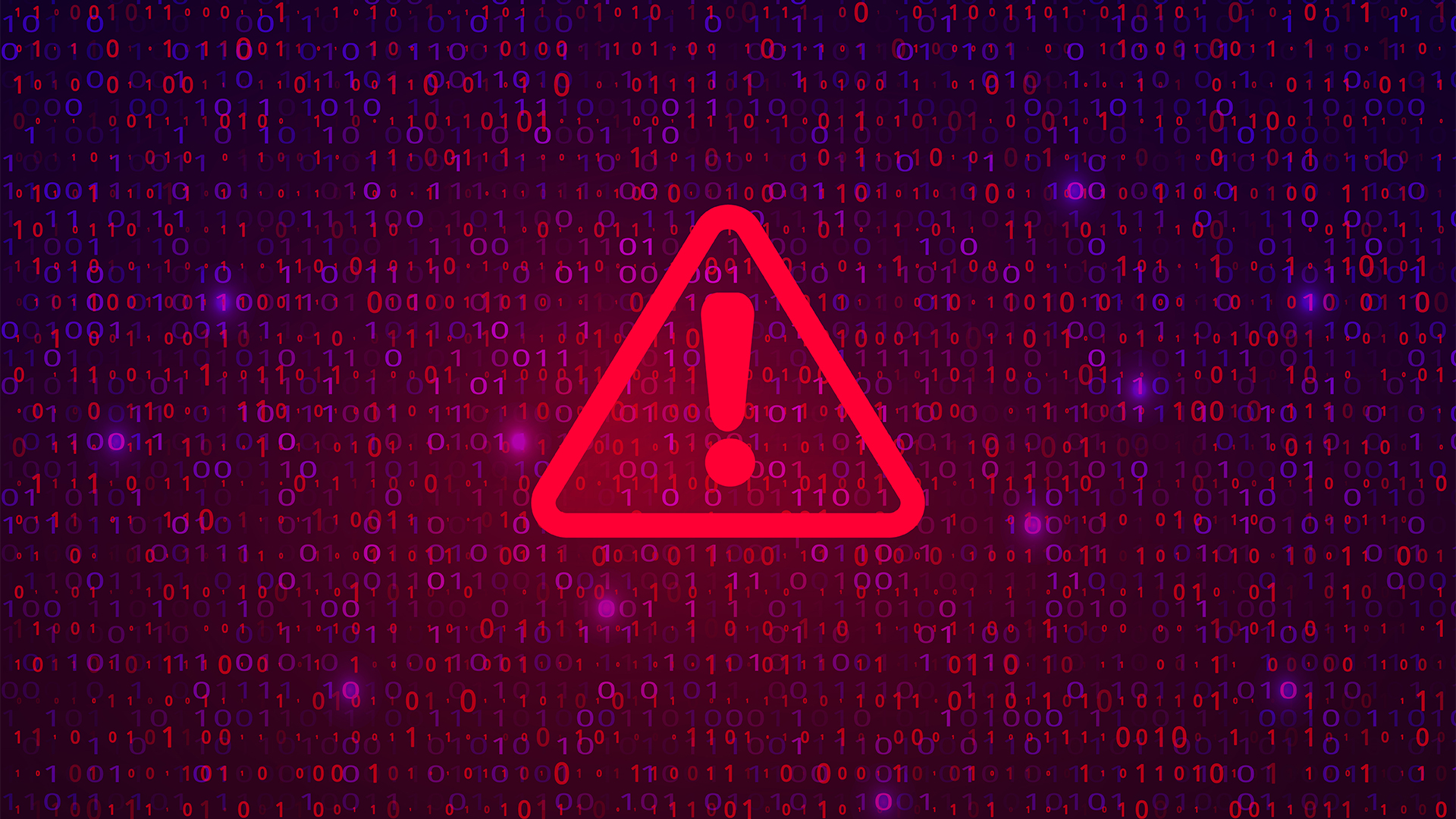Critical vulnerabilities in Philips EMR system could risk patient data
CISA has warned that hackers could extract info from medical databases or mount DoS attacks


The Cybersecurity and Infrastructure Security Agency (CISA) has warned that flaws in the Philips Tasy electronic medical records (EMR) system could be exploited by hackers to steal confidential patient data from medical databases.
In a security advisory, CISA said successful exploitation of these vulnerabilities “could result in patients' confidential data being exposed or extracted from Tasy's database, give unauthorized access, or create a denial-of-service condition.”
The issue affects the Philips Healthcare Tasy Electronic Medical Record (EMR) product Tasy EMR HTML5 3.06.1803 and prior. There are two flaws, CVE-2021-39375 and CVE-2021-39376.
The first flaw may enable a successful SQL injection attack that could result in patient data exposure and extraction.
According to MITRE’s Common Weakness Enumeration (CWE) on this fault, “without sufficient removal or quoting of SQL syntax in user-controllable inputs, the generated SQL query can cause those inputs to be interpreted as SQL instead of ordinary user data. This can be used to alter query logic to bypass security checks, or to insert additional statements that modify the back-end database, possibly including execution of system commands.”
The second flaw also allows SQL injection via the CorCad_F2/executaConsultaEspecifico IE_CORPO_ASSIST or CD_USUARIO_CONVENIO parameter.
RELATED RESOURCE

The best defence against ransomware
How ransomware is evolving and how to defend against it
“SQL injection has become a common issue with database-driven web sites. The flaw is easily detected, and easily exploited, and as such, any site or software package with even a minimal user base is likely to be subject to an attempted attack of this kind. This flaw depends on the fact that SQL makes no real distinction between the control and data planes,” the advisory warned.
Get the ITPro daily newsletter
Sign up today and you will receive a free copy of our Future Focus 2025 report - the leading guidance on AI, cybersecurity and other IT challenges as per 700+ senior executives
It should be noted that to take advantage of the flaws, a hacker must have credentials that allow them into the system in the first place.
"At this time, Philips has received no reports of exploitation of these vulnerabilities or incidents from clinical use that we have been able to associate with this problem," Philips said in an advisory. "Philips' analysis has shown that it is unlikely that this vulnerability would impact clinical use. Philips' analysis also indicates there is no expectation of patient hazard due to this issue."
To mitigate the problem, Philips recommended users update Tasy EMR HTML5 to Version 3.06.1804 or later with the latest available service pack where both CVEs are remediated.
Rene Millman is a freelance writer and broadcaster who covers cybersecurity, AI, IoT, and the cloud. He also works as a contributing analyst at GigaOm and has previously worked as an analyst for Gartner covering the infrastructure market. He has made numerous television appearances to give his views and expertise on technology trends and companies that affect and shape our lives. You can follow Rene Millman on Twitter.
-
 How the UK MoJ achieved secure networks for prisons and offices with Palo Alto Networks
How the UK MoJ achieved secure networks for prisons and offices with Palo Alto NetworksCase study Adopting zero trust is a necessity when your own users are trying to launch cyber attacks
By Rory Bathgate
-
 Putting small language models under the microscope
Putting small language models under the microscopeITPro Podcast The benefits of small language models are undeniable – but they're no silver bullet
By Rory Bathgate
-
 Hackers are targeting Ivanti VPN users again – here’s what you need to know
Hackers are targeting Ivanti VPN users again – here’s what you need to knowNews Ivanti has re-patched a security flaw in its Connect Secure VPN appliances that's been exploited by a China-linked espionage group since at least the middle of March.
By Emma Woollacott
-
 Healthcare systems are rife with exploits — and ransomware gangs have noticed
Healthcare systems are rife with exploits — and ransomware gangs have noticedNews Nearly nine-in-ten healthcare organizations have medical devices that are vulnerable to exploits, and ransomware groups are taking notice.
By Nicole Kobie
-
 More than 300,000 US healthcare patients impacted in suspected Rhysida cyber attacks
More than 300,000 US healthcare patients impacted in suspected Rhysida cyber attacksNews Two US healthcare organizations have warned threat actors were able to breach their internal systems, exposing more than 300,000 individuals.
By Solomon Klappholz
-
 Broadcom issues urgent alert over three VMware zero-days
Broadcom issues urgent alert over three VMware zero-daysNews The firm says it has information to suggest all three are being exploited in the wild
By Solomon Klappholz
-
 ‘It’s your worst nightmare’: A batch of €5 hard drives found at a flea market held 15GB of Dutch medical records – and experts warn it could’ve caused a disastrous data breach
‘It’s your worst nightmare’: A batch of €5 hard drives found at a flea market held 15GB of Dutch medical records – and experts warn it could’ve caused a disastrous data breachNews Robert Polet made a startling discovery after finding hard drives on sale for €5 each in a flea market.
By Solomon Klappholz
-
 Nakivo backup flaw still present on some systems months after firms’ ‘silent patch’, researchers claim
Nakivo backup flaw still present on some systems months after firms’ ‘silent patch’, researchers claimNews Over 200 vulnerable Nakivo backup instances have been identified months after the firm silently patched a security flaw.
By Solomon Klappholz
-
 Everything you need to know about the Microsoft Power Pages vulnerability
Everything you need to know about the Microsoft Power Pages vulnerabilityNews A severe Microsoft Power Pages vulnerability has been fixed after cyber criminals were found to have been exploiting unpatched systems in the wild.
By Solomon Klappholz
-
 Cyber attack delayed cancer treatment at NHS hospital
Cyber attack delayed cancer treatment at NHS hospitalNews A cyber attack at Wirral University Teaching Hospital in 2024 delayed critical cancer treatment for patients, documents show.
By Nicole Kobie